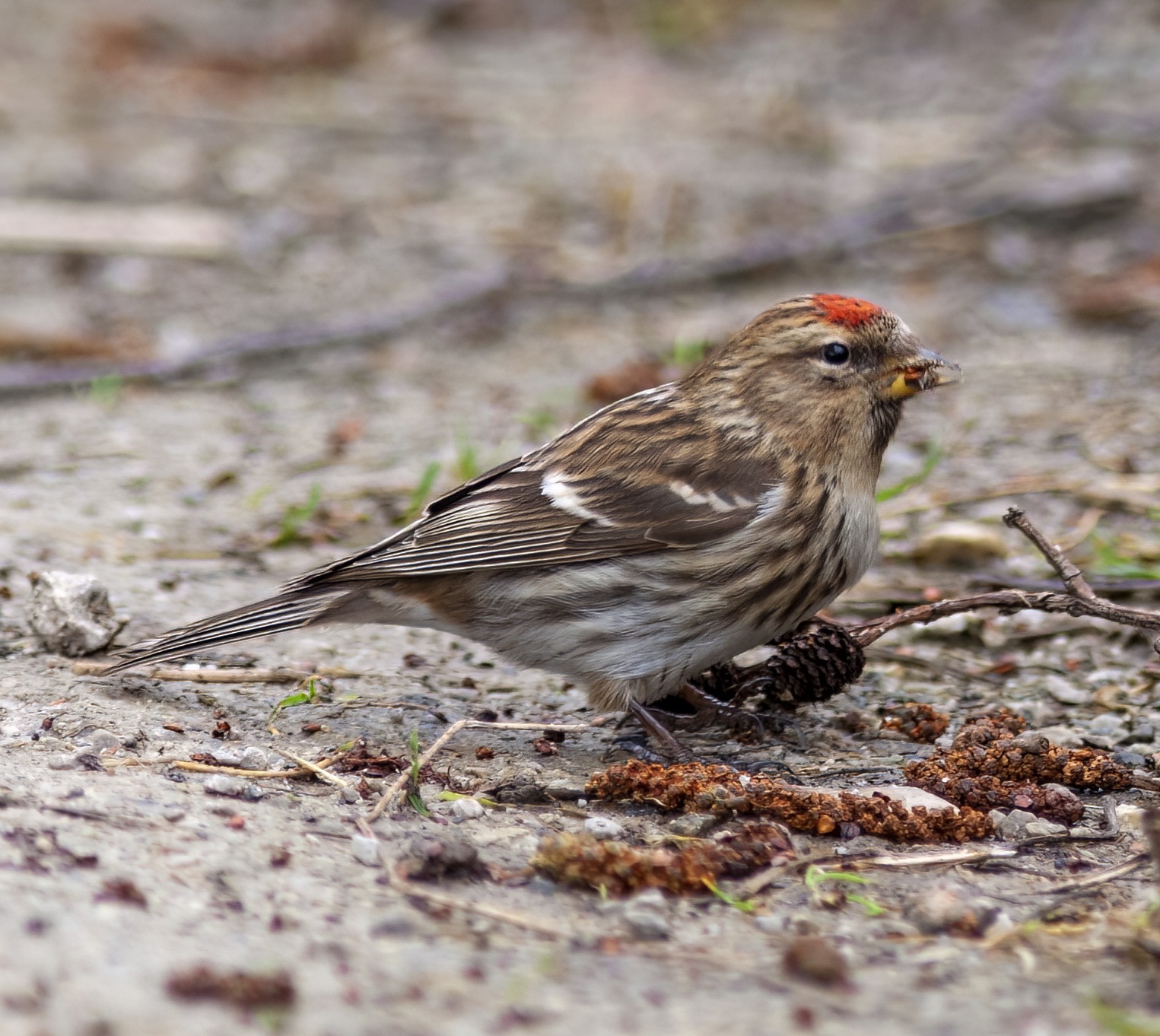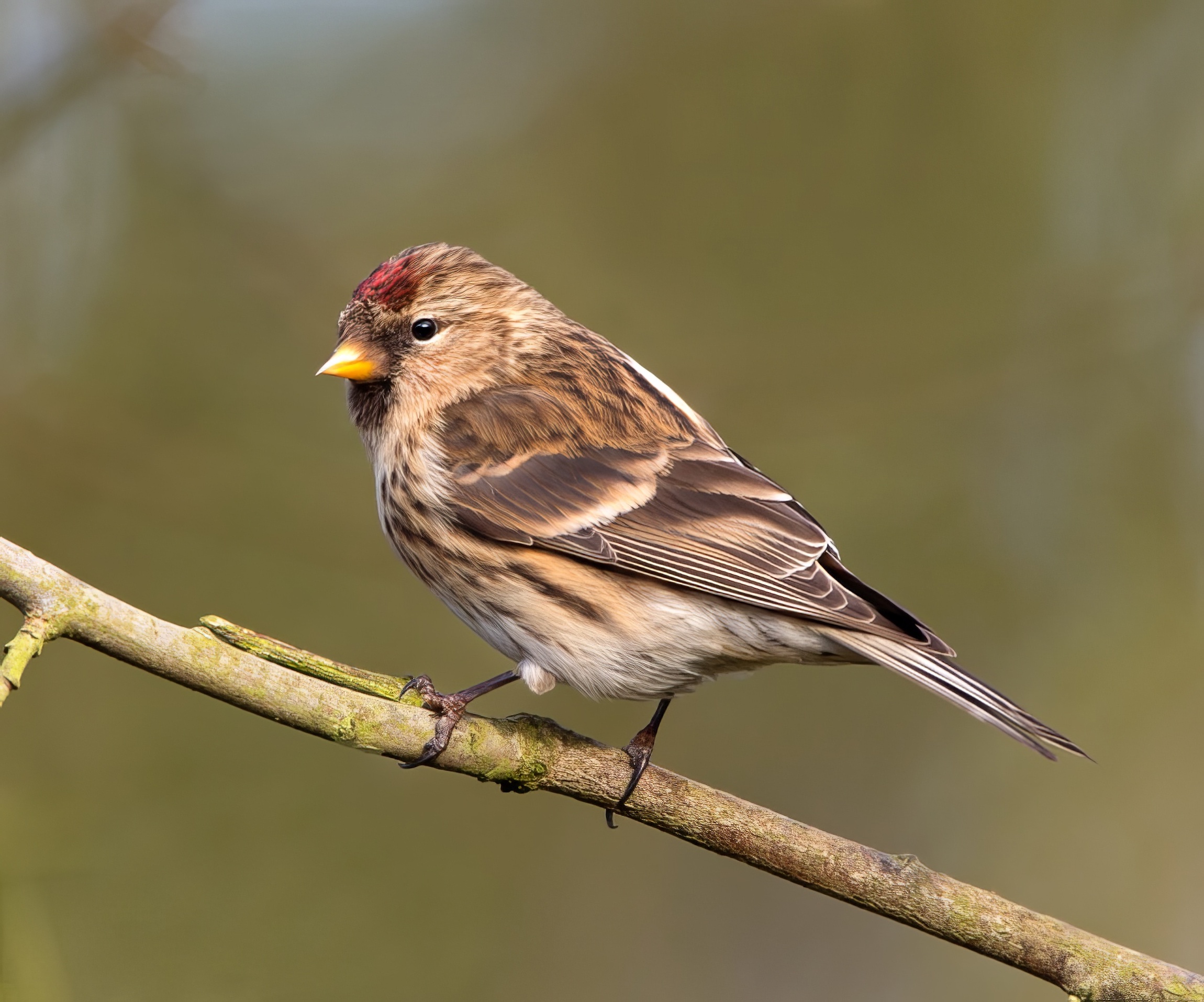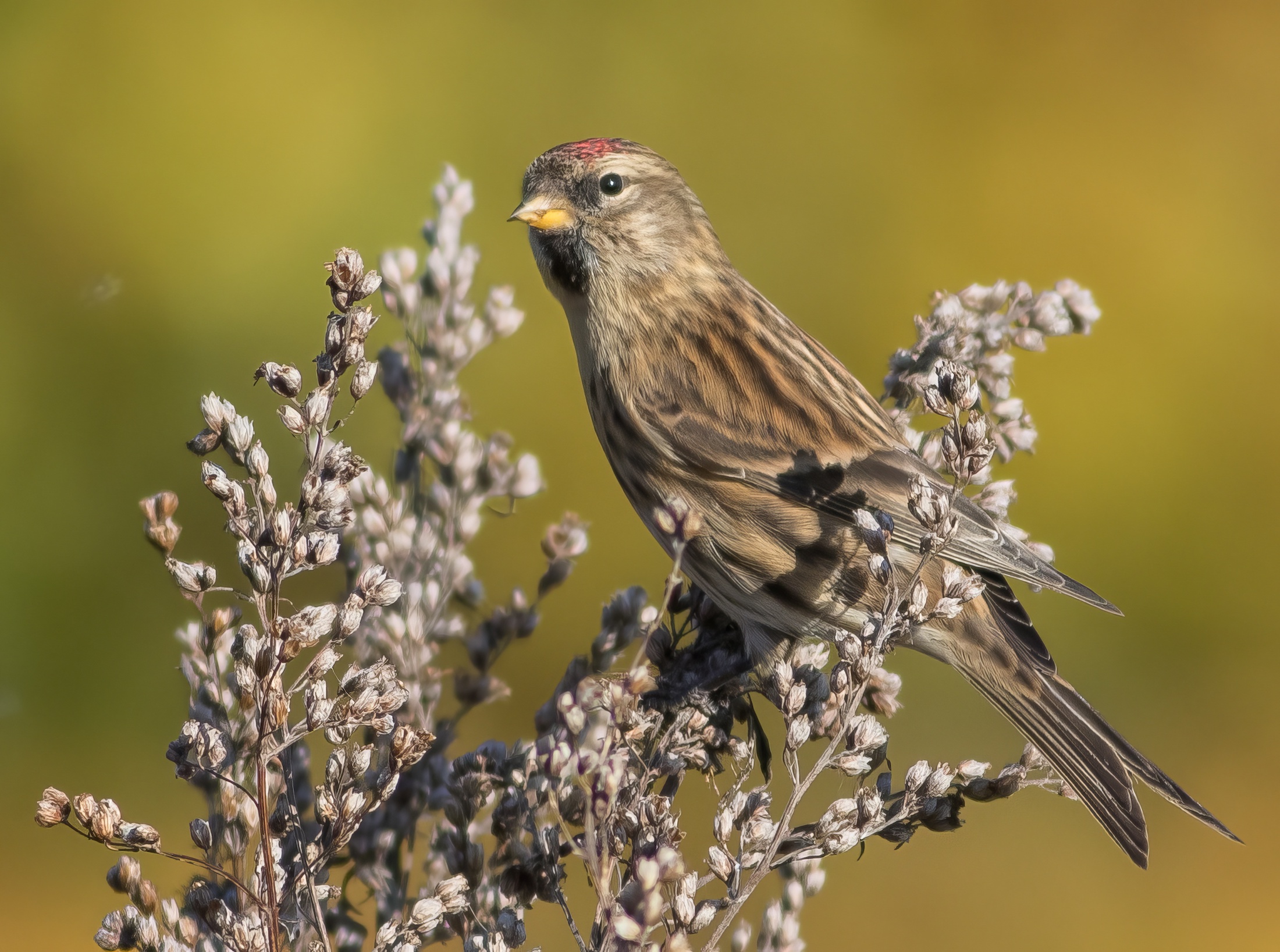Lesser Redpoll Acanthis cabaret
Fairly common but declining passage migrant and winter visitor. Very scarce breeder.



Lesser Redpoll formerly bred extensively in Lincolnshire in all woodland habitats, gardens and coastal scrub. The Atlas estimated the population at 5,000 pairs in the 1980s. It was very widespread and missing from only two 10km squares in the county. It has subsequently suffered one of the worst crashes of any breeding bird in Lincolnshire in the last 50 years. By the BTO Atlas 2007-11 it was confirmed breeding in only one 10km square in the county. LBR reports indicate that the last confirmed breeding was a nest found near Market Rasen in June 2010. Reasons for the decline are not clear but it has been widespread across lowland England and may be related to a decline in birch seed availability. Over the last 10 years there have been numerous ringing controls in the county of birds ringed across the Scottish Highlands, Scottish Borders, Cumbria and Northern Ireland, all locations where it still breeds in good numbers. It remains a passage migrant and winter visitor. Peak annual site day counts in the five years to 2018 ranged from 55 at Whisby in November 29th, 2014 to 300 at Crook Bank, Saltfleetby-Theddlethorpe Dunes NNR in October 2017 with an average of 120. The fact that it is still relatively numerous during passage and winter gives hope that it may re-establish as a breeding bird at some point in the future.
(Account as per new Birds of Lincolnshire (2021), included December 2022)
